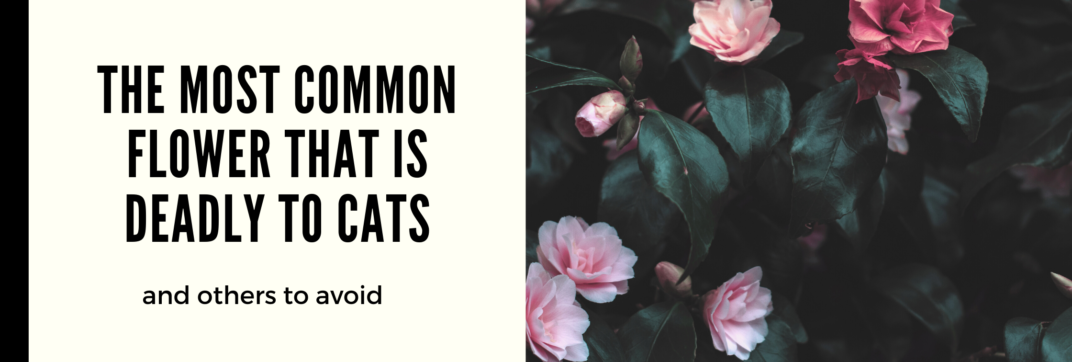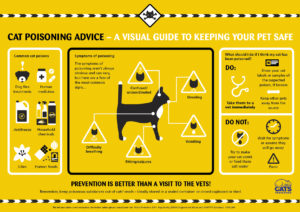There are numerous plants and flowers that are dangerous for cats. Each family that adopts a cat from Pawprints is given a leaflet listing the flowers and plant to NEVER have near your cat.
Here we will be explaining the most common flowers and house plants and what to do if you think you cat has come into contact with one.
Lilies are most commonly ingested by cats because they’ve brushed up against the plant and have pollen on their fur, which they have then licked off. However, ALL parts are toxic; stamen, pollen, flower and even the water in the vase.
Others to watch out for are:
-
- Chrysanthemum
- Dumb Cane
- Sweet Pea
- Poppy
- Peony
- Delphinium
- Iris
- Cornflower
- Marigold
- Ferns
- Ivy
- Poinsettia
- Holly
- Mistletoe
- Daffodil bulbs
- Delphinium
- Marigold
- Lupin
- Foxglove
- Snowdrop
- Wisteria
You might be thinking at this point that there will be absolutely nothing you can have in your home or garden! However, there are a number of plants that are safe for your kitties.
These include:
- Buddleia
- Canterbury Bell
- Coreopsis
- Hibiscus
- Hollyhock
- Gerbera Daisy
- Impatiens
- Nasturtium
- Pansies
- Petunia
- Roses
- Sunflower
- Valerian
- Zinnia.
What are the signs of plant poisoning in my cat?
If you think your cat has been poisoned contact a vet IMMEDIATELY. Do NOT wait for signs of illness to develop.
Signs of poisoning can include (but are not limited to)
- Vomiting
- Diarrhoea
- Twitching
- Fitting
- Collapse
- Coma
- Shock
- Breathing trouble
- Salivation
First Aid for poisoned cats
Take your cat away from the poisonous substance if it’s nearby and call your vet. They may want to see your cat immediately. If you have evidence of what your cat has digested then take a sample to the vet.





